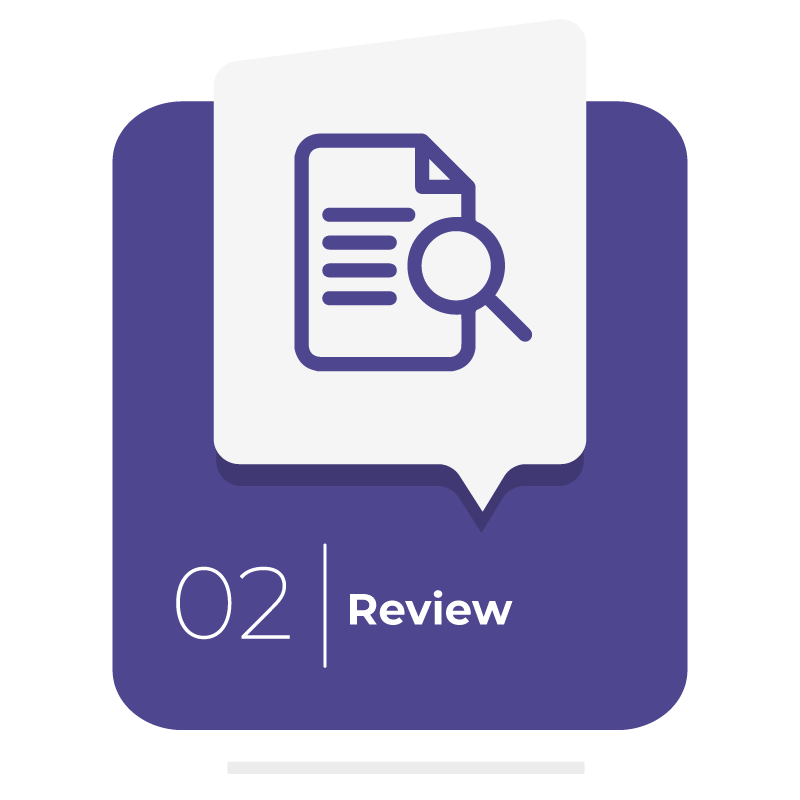Bridging
Loans
If you’re looking for faster and more flexible funding, then alternative finance such as a bridging loan may be for you.
A bridging loan (also known as a bridge loan or bridging finance) is a short-term loan that ‘bridges’ a payment gap, allowing the borrower to purchase a property quickly.
Bridging loans can be completed in as little as 10-14 days and is available over a term typically between 3-12 or even 18 months. Bridging finance is widely used by property investors or companies who need to complete quickly on a purchase or are at risk of a deal collapsing due to delayed finance.
There are several reasons how this may occur:
- Investing in property that has a quick deadline
- Delays in your long-term finance
- Waiting for a property sale to complete but it is taking longer than expected
Bridging loans can be used for a range of different reasons:
- Buying a property at auction
- Increasing your property portfolio
- Starting a new business venture
- Renovating or converting a property
- Purchasing a new property whilst waiting for a property completion
- If your lender has pulled out last minute and you need urgent funding to complete
You can also use bridging finance if you’re looking to raise funds against your property. This could be to purchase another property, expand your company, or to put the money back into the asset by renovating to increase resale value.
When you are accepted for a bridging loan, the lender will use a property as security by adding a charge against it. This security is what allows the bridging lender to secure the loan against the property. If your property already has a security against it, then you will need a second charge bridging loan to secure the loan.
Here are a few key examples of the different bridging products available on the market for property developers, landlords and property investors.
- Residential or Buy-to-Let bridging loans
- Commercial / semi-commercial bridging loans
- Renovation / Refurbishment
- Auction Finance
- Permitted development / Conversion finance
- Development Exit
A first charge bridging loan relates to the first lender who has used the property as security against a loan. This means that when it comes to repayment, the initial lender is first in line to receive their monies.
A second charge bridging loan is a lender who provides a loan on a property that has already been used as security for a separate loan. This is usually to cover a shortfall of funds, for example unforeseen issues such as renovation delays. The second lender becomes second priority when it comes to repaying the loans and will therefore have to wait until the first lender has been paid in full before being paid with the remaining amount. As this can put the second lender at risk of not being repaid in full, the borrower may find second charge bridging loans to have a higher monthly/annual rate.
When it comes to repaying a bridging loan, you will need to ensure you have a way to repay the lender at the end of your term. This is called an exit strategy. There are several ways you can repay your loan, the most common include:
- Organising long-term finance
- Renovating and selling the asset for a higher profit
- Through the completion of a different asset





